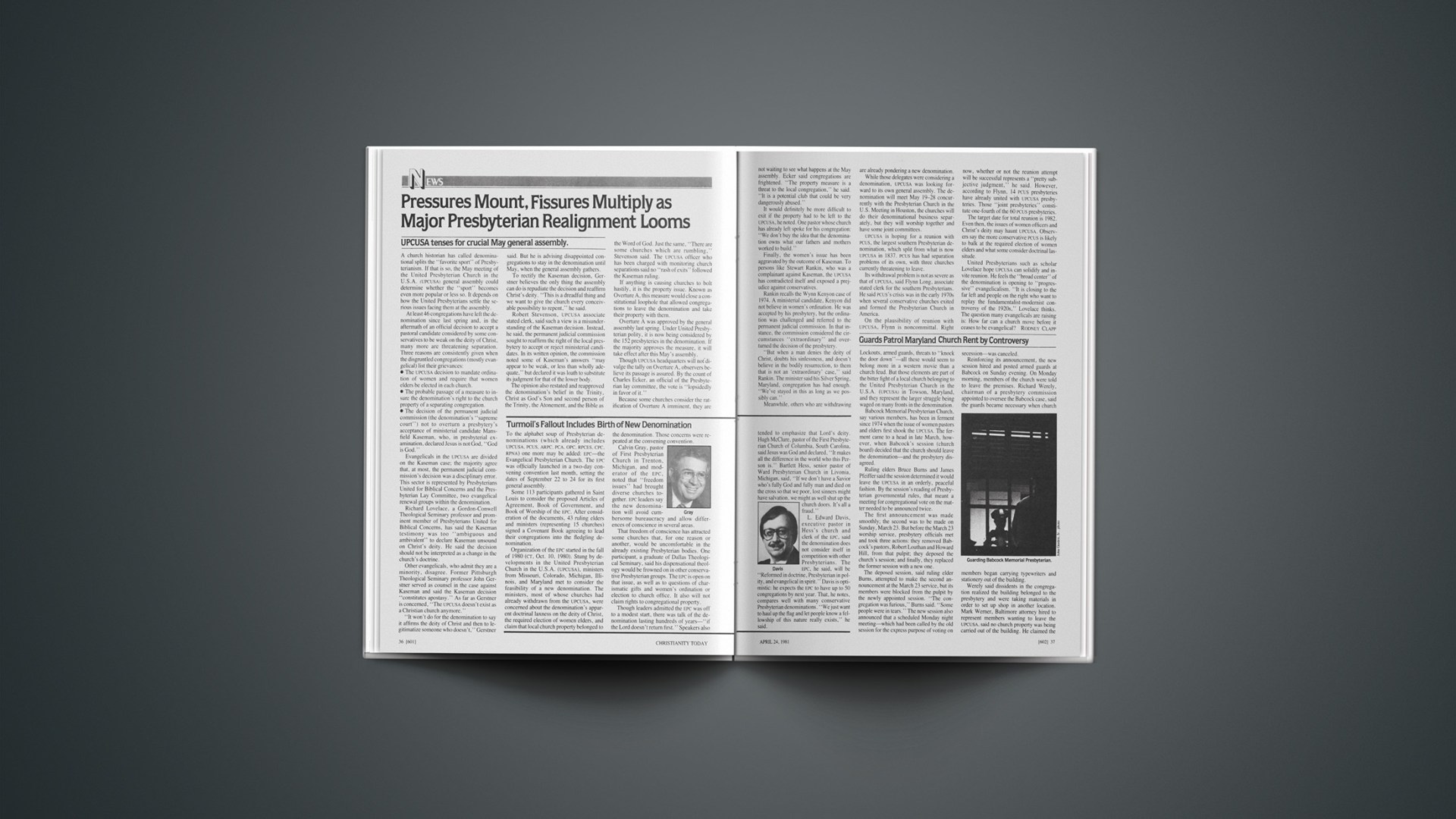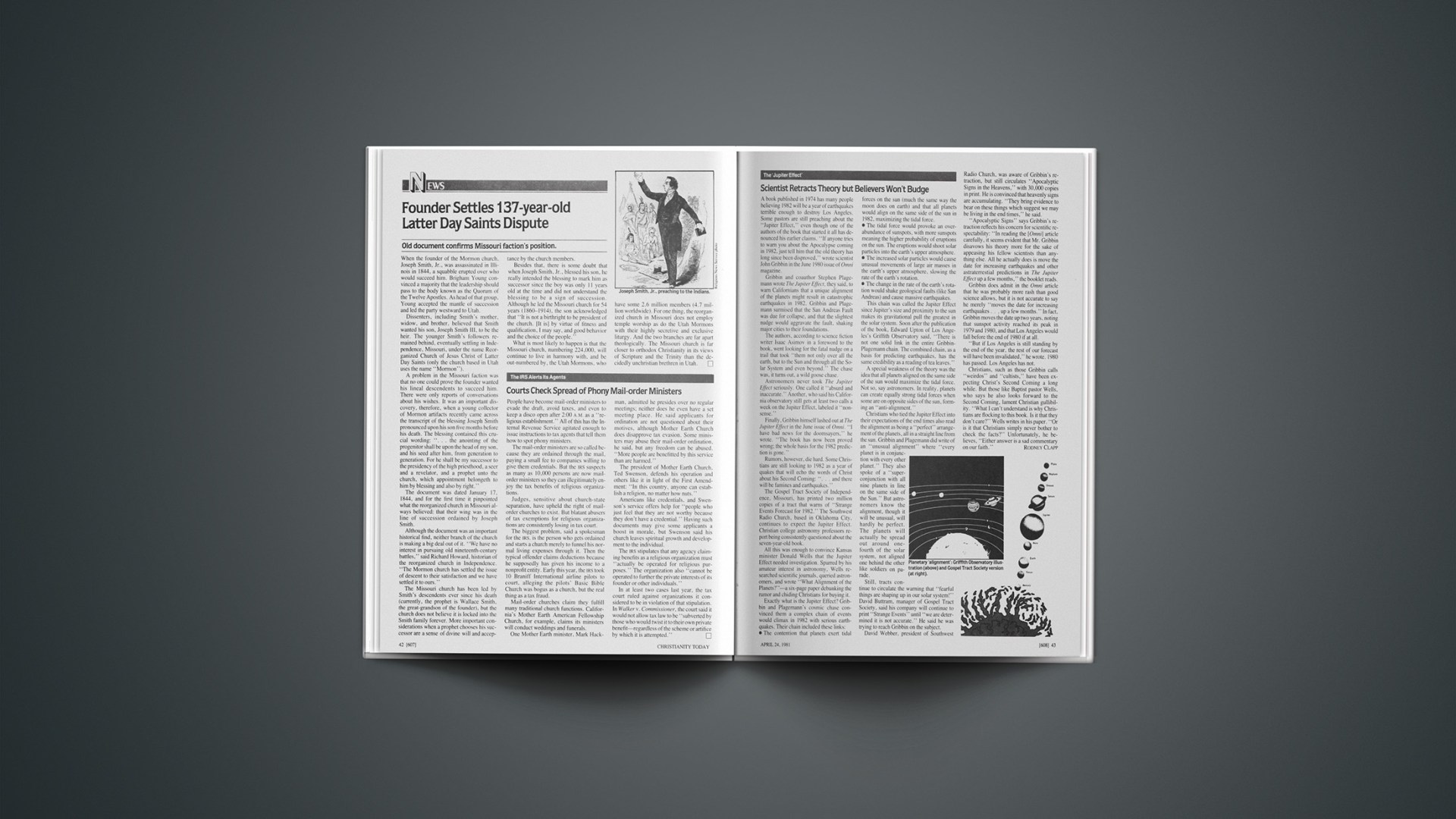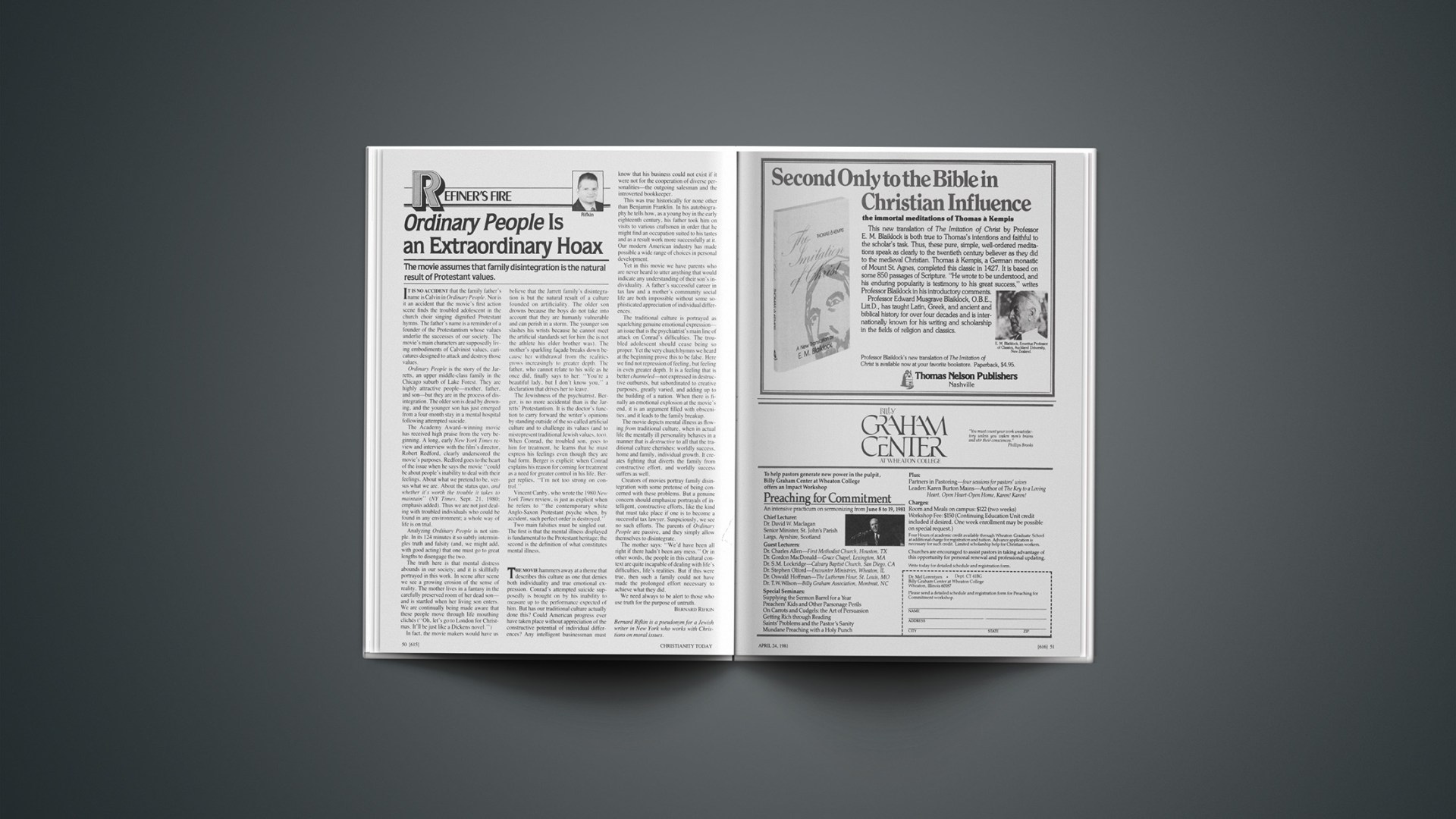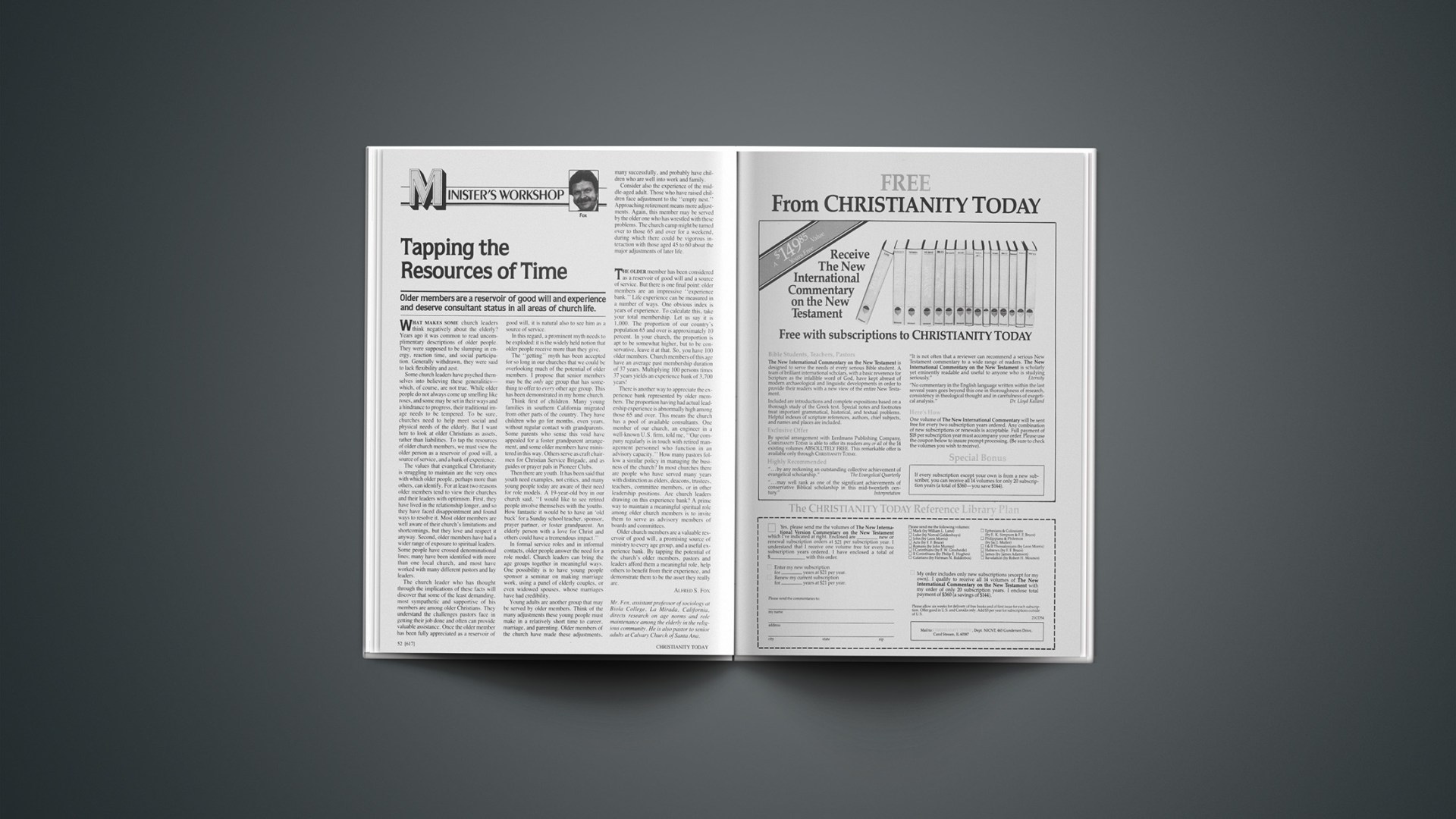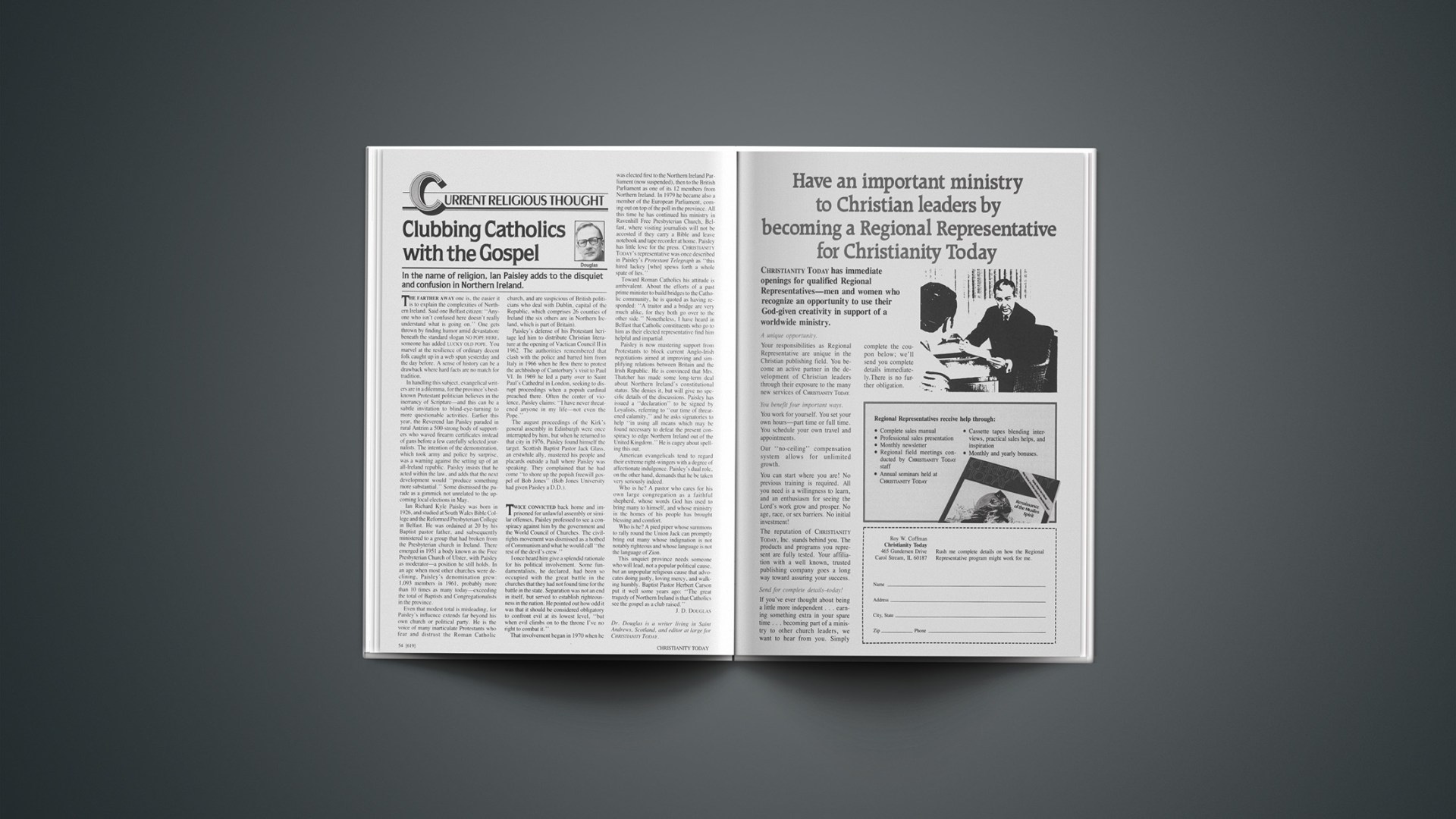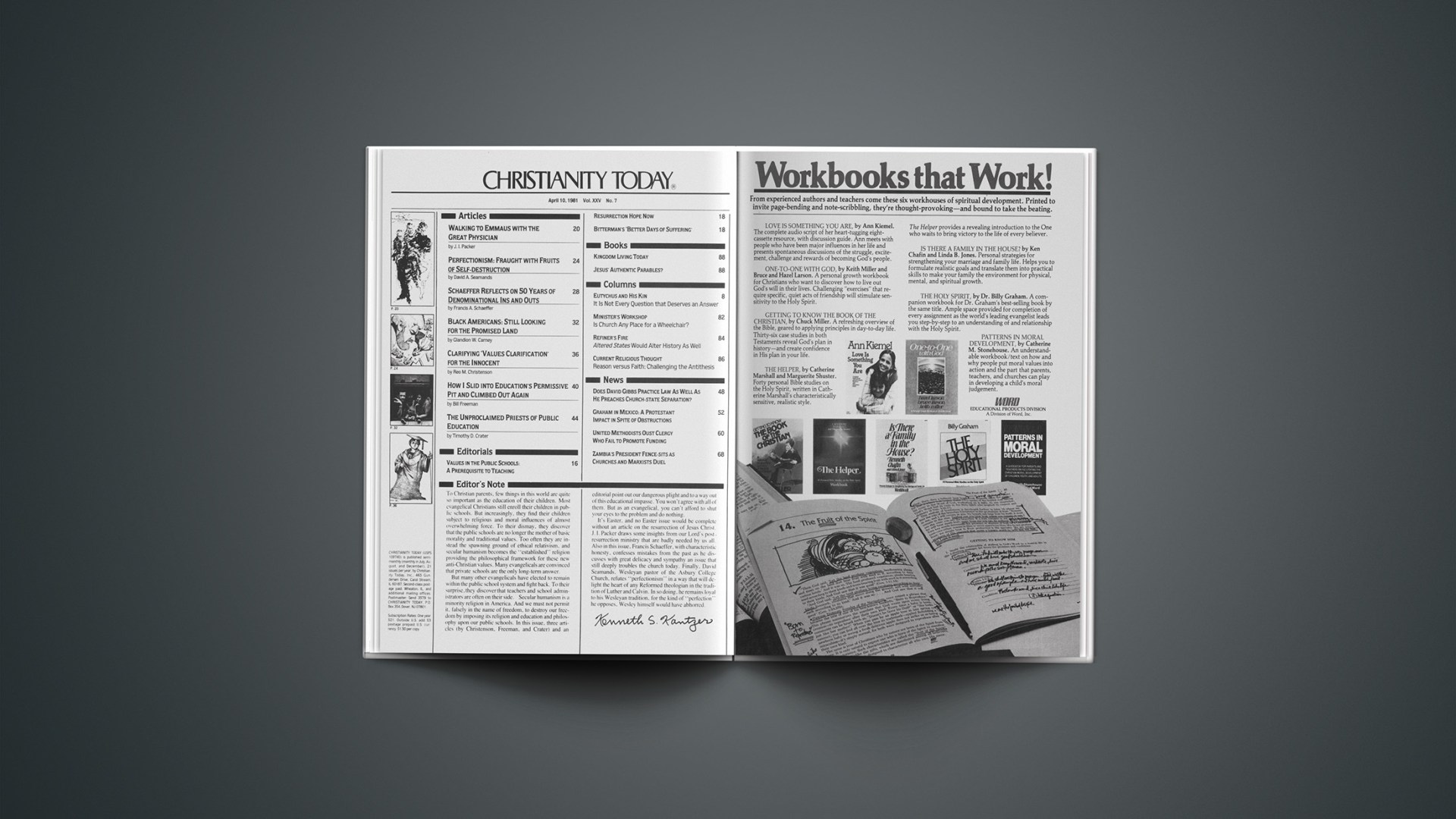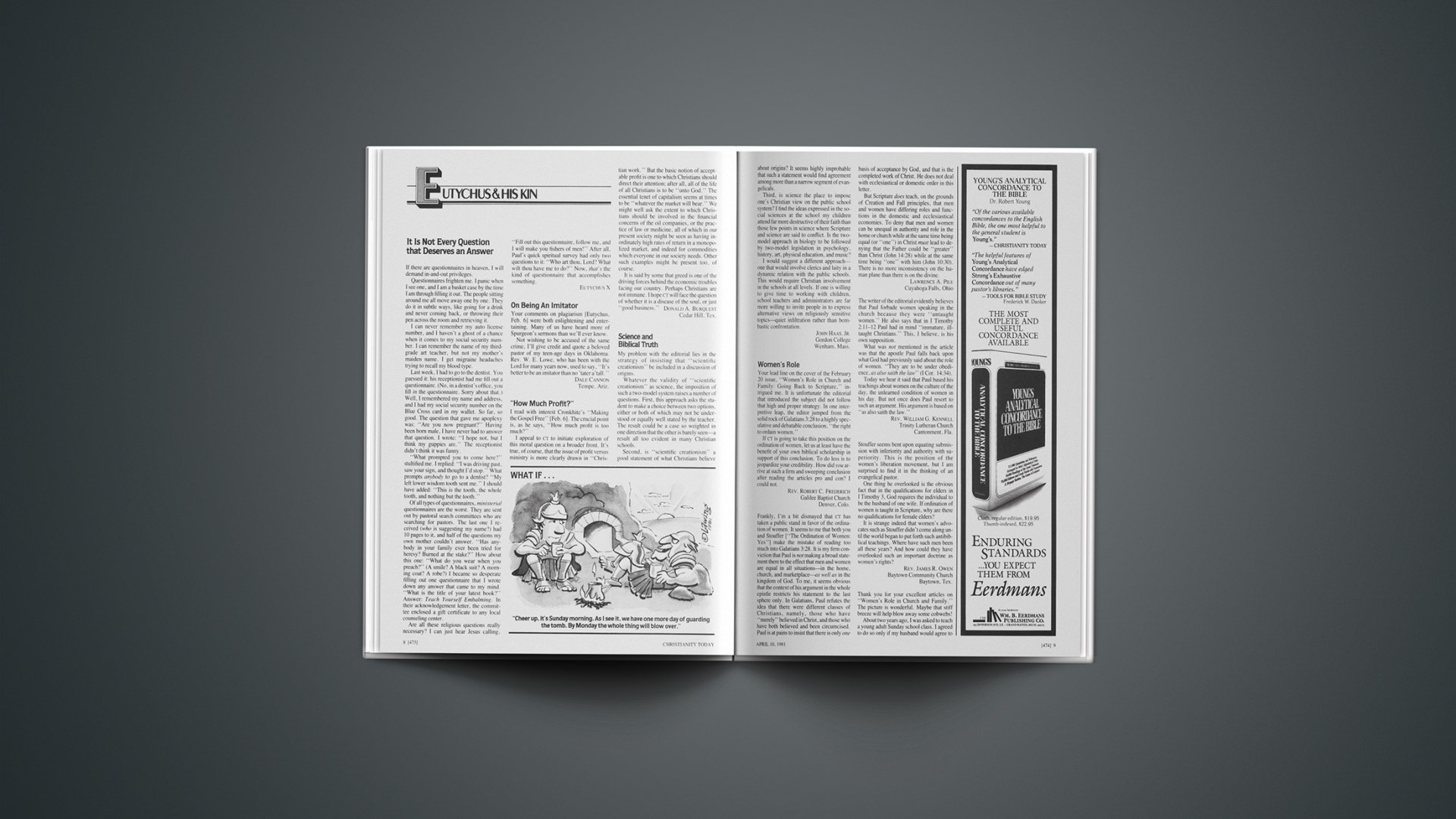What will make a difference are daily ethical patterns like those that caused some in the past to say, “I did what had to be done.”
In spite of all the publicity, evangelicals know little about the history of the Holocaust and its ramifications for the Christian community. Too often they view it only as something that happened to the Jewish people. It is not their problem, but a Jewish problem or a Nazi German problem or a radical liberal problem or a European problem. It is anything but an evangelical problem.
And yet, as this country enters a period of economic instability and we hear more and more reports of racial tension and violence, there are some nagging questions that keep plaguing some of us. How could some Christian people in Germany sit quietly by and without protest allow the extermination of six million Jews? Even more, how could “good, decent citizens” become even indirectly accomplices of such an unspeakable offense against humanity? Could it happen again? Could it happen here?
But there is one overriding question that must be faced above all others: What made the difference between the few who helped the Jewish people during their awesome persecution and the multitude who turned their backs on them? Why did a few put themselves, their families, their possessions, and their careers on the line for a persecuted people while most did not? What is there in evangelical theology that should make evangelicals react differently than do other people in the face of prejudice, scapegoating, caricature, oppression, and outright physical violence to a race or religious group different from their own?
This is a difficult question because, as one studies the Holocaust, it seems that only a few evangelicals, a few Protestants, a few Catholics, a few Orthodox, a few agnostics, and a few atheists helped the Jewish people during their persecution (and, not necessarily in that order). Evangelicals must face honestly the fact that being an evangelical was simply not enough. To make the problem worse, even those who risked their lives and the lives of their families to protect Jews often said they really don’t know exactly what factors led them to do what they did.
A recent book by Philip R. Hallie (Lest Innocent Blood Be Shed, Harper & Row, 1979), however, gives us the clue to answer our question. Hallie went to France to find out why a diverse French Huguenot community put their lives on the line to save Jews during the Holocaust. As a philosopher and a human being, he wanted to know why “goodness” occurred in Le Chambon as the specter of evil surrounded it. While there is much more to the book, the real key to their response was the daily ethical patterns established within individuals of the community—patterns that made them say, “What do you mean ‘why did you do it?’ I did what was right and what I had to do. That is all!” Corrie Ten Boom tells us in The Hiding Place of her “crooked little Dutch house” where she and her beloved family risked their lives (and in some cases gave their lives) to snatch Jewish lives from worse than death. For them, too, it was no great decision. They simply did it because it had to be done.
What was there about those unheroic heroes that really made the difference? If you asked Corrie Ten Boom, she herself would no doubt reply (as she does in her book): Jesus helped me. God gave me and others the power to stand firm. I didn’t do it. I certainly didn’t have the strength to withstand the mad opposition.
And of course she was right. No doubt her particular belief in Jesus provided the spiritual and moral power to motivate her to act and to sustain her through the dark hours. But as you read The Hiding Place, it is evident that certain basic convictions, certain circumstances of experience, and especially certain deep-seated patterns of daily family life, structured their responses in crisis and prepared the way for heroic action.
Briefly, let me suggest three characteristics of the Ten Booms, of some Huguenots, and of some German evangelicals that worked to “make the difference.” No doubt additional factors worked in all these people, and in many more, who, for the sake of others, did not count their own lives dear. Yet in the case of these evangelicals, the following characteristics were important.
The first area of difference lay in their thinking. They believed in God, and because they did, they could also believe in man as being of infinite value, created in the divine image with an immortal soul. For them every Jew was a person—one worth dying for. Hadn’t Jesus died for every human being? They also believed in the truth, and they refused to allow their minds to be bent by caricature and stereotype. How one’s latent prejudice against any group can be nourished and cultivated is one of the most disturbing revelations of the Holocaust. Prejudice is a learned behavior and is bolstered and sustained by community attitudes and conduct.
The Holocaust built upon centuries of anti-Semitism and stereotyping of the Jewish people, and it gave the Nazi regime a firm foundation upon which to build and ultimately to dehumanize the Jewish people in the eyes of the world. Joseph Goebbels bragged that if one told a lie big enough and often enough the people would ultimately believe it; the Nazi minister of propaganda was able to convince many that the Jews were responsible for capitalism and communism—simultaneously. At any rate, the people as a whole became convinced that their economic and political frustrations were linked to the Jewish people. It seems when people’s pocketbooks are hit, a “suitable” scapegoat can easily be found. All of this the Ten Boom family forthrightly repudiated; but, unfortunately, many more did not.
In view of what led to the Holocaust, I do not believe 1 am overreacting when I find that ethnic and religious jokes ring hollow. Even “innocent” caricatures and stereotypes mold our attitudes and future behavior. It grieves me when I know how easily “good” people can be convinced that “all Jews are rich,” “Jews control the world,” and “blacks are mentally inferior to whites.” It grieves me how many evangelicals fall into this snare of latent prejudice, caricature, and stereotype. And many times, they are buttressed by their interaction with supposed “experts” on the particular ethnic or religious community.
For example, one well-meaning evangelical leader recently declared during a seminar on Jews: “Many of the key media people are Jewish”; and he added, “Anything that displeases the Jewish people is very likely to have an effect in the media, television, and newsprint.” Jewish control of the mass media has been an effective lie of anti-Semites for decades. It was used by the Nazis, and it is used by neo-Nazi groups today.
Prejudice infests us all, and the most dangerous attitude one can have is to think that he or she has no prejudice. The next danger is to believe that it cannot make you cold and indifferent. Caricature and stereotype can have awesome ramifications. The Polish people hated the Nazis, but Nazi propaganda nourished such hatred of Jews, even in Poland, so much so that even after the detested Nazis were defeated, some Poles pulled emaciated Jews who had survived the work camps off trains headed for safety and killed them themselves. For years their hatreds had been transferred to “the international culprit,” the Jew; they had to vent their frustrations in an “appropriate” manner. Evangelicals know all too well how they themselves have been stereotyped and ridiculed. Should not this foster some sensitivity as to where the pejorative comment can lead?
The second area in which the Ten Boom family countered anti-Semitism was by nourishing love through personal relationship. They not only believed Jews have “souls of infinite value,” they were acquainted with individual Jews that put the lie to Nazi propaganda. Evangelicals should cultivate personal acquaintances among not only Jews but among all minority peoples. This must be done in true friendliness, in an attitude of learning, humility, love, and sharing (rather than of “conquering”). Getting to know someone breeds sensitivity to that person’s true nature and inevitably breaks down stereotypes and prejudices. Many pastors today are concerned about their congregations living within Christian “ghettos,” and their concern is justified. Without individual relationships with those outside our immediate community, we become so ingrown that we begin to use an “us-them” jargon that can easily disintegrate into a “we-it” terminology. Eventually we stand by unmoved when the “thing” is destroyed.
The third area is closely akin to the first two. It is the area of daily patterns of life. The Ten Boom family practiced living for others; they lived daily for God and for others. They learned what it meant to consider others before themselves. In their daily lifestyle, they practiced sacrificing for others, so when crisis decisions arose, they faced no crises. There was a need; it had to be met, and they did it. Our lives, too, must exhibit such sensitivity in the “little” areas of ethical judgment that when the “big” decisions arrive, we have established a firm foundation from which to stand strong.
Right thinking about the worth of a human life with the determination to reject caricature and stereotypes of fellow human beings; right relationships nourished by personal acquaintance and friendships; and right patterns of sacrificial living for others: these, therefore, were the crucial factors that “made the difference” in the past. Those same ingredients of life will make the difference in the future. History can be a help to us, but we must dare to ask ourselves, “What would I have done if my life, the lives of my family, my career, were all on the line for an oppressed minority group?” How does my theology affect my reactions when the subtle prejudices of the public grow into hatred and the search for a scapegoat? What do I do when my peers tell me it is only right and safe to do nothing. Indifference and apathy, like sin, grow and solidify. Soon they encrust one to such an extent that they become the only “proper” way. Quickly—so very quickly—even to raise a question becomes unthinkable.
Finally, a healthy recognition of the biblical doctrine of original sin will keep us alert to the human potential for another Holocaust. We cannot rest upon any false sense of human decency that would make such a thing impossible. We are capable of another Holocaust; even evangelical Christians are capable of tolerating it. But by the grace of God it can be avoided. With his help evangelicals must battle daily against the seeds of incipient racism lest they sprout, take root, and bring forth the awful fruit of another Holocaust.



